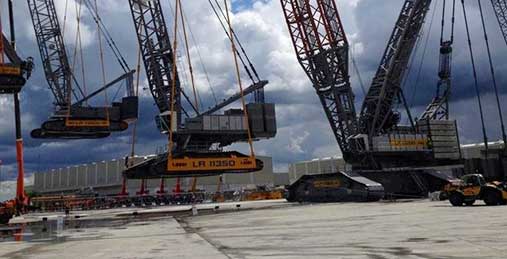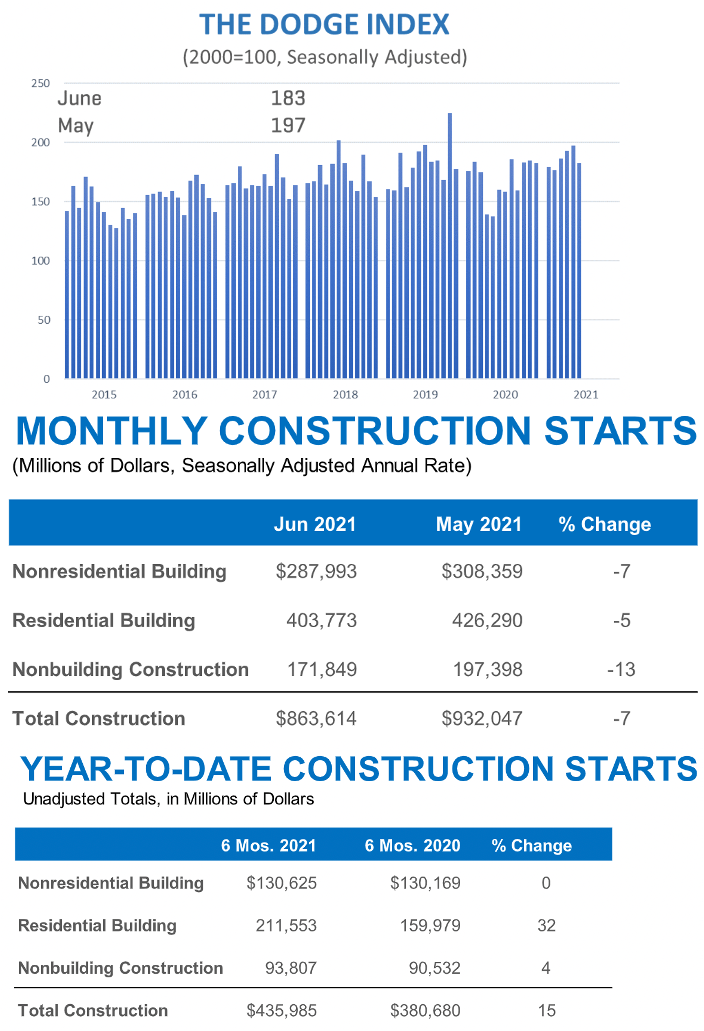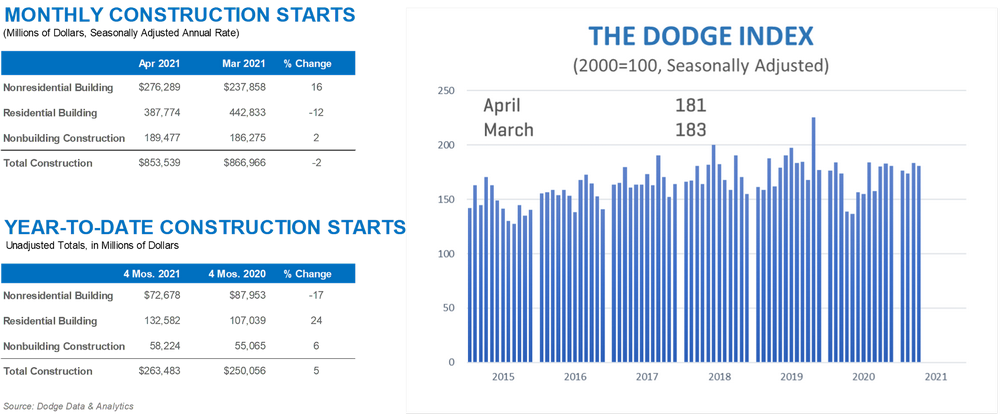By Ken Osmun Construction projects are rarely completed without a hitch, but the unanticipated issues don’t have to cause delays and cost overruns. With the Lean construction approach, a project team can more successfully and easily navigate around obstacles — and even prevent many of them from arising in the first place. Delays spring from countless variables and logistics. One company may have trouble obtaining a needed element such as a lighting fixture because of a hold-up with the supplier. Another company may anticipate being temporarily short-staffed in an upcoming week. Enter Lean construction. The method is a series of … Read more
Recent Data Bulletin Focuses on Safety Management During Pandemic
The November 2021 issue of the CPWR Data Bulletin examines construction safety management during the COVID-19 pandemic. The new Data Bulletin summarizes impacts of COVID-19 on businesses and on safety and health priorities, including plans, practices and policies to prevent viral spread. It analyzes data from Census Bureau’s weekly Small Business Pulse Surveys and from the 2021 Construction Safety Management Survey by Dodge Data & Analytics with support from CPWR. The Bulletin’s key findings show that nearly two-thirds of construction businesses reported a moderate to large negative effect of COVID-19 and that unionized and larger firms were more likely than … Read more
Total Construction Starts Slip in June
Total construction starts lost 7% in June, slipping to a seasonally adjusted annual rate of $863.6 billion, according to Dodge Data & Analytics. All three major sectors (residential, nonresidential building and nonbuilding) pulled back during the month. Single-family housing starts are feeling the detrimental effects of rising materials prices. Large projects that broke ground in May were absent in June for nonresidential building and nonbuilding starts, resulting in declines. “Unabated materials price inflation has driven a significant deceleration in single-family construction,” stated Richard Branch, chief economist for Dodge Data & Analytics. “Lumber futures have eased in recent weeks, but builders … Read more
Pullback in Commercial, Institutional Planning Ends 6-Month Consecutive Gains
Following six months of consecutive gains, the Dodge Momentum Index fell to 165.8 (2000=100) in June, down 5% from the revised May reading of 175.1. The momentum index, issued by Dodge Data & Analytics, is a monthly measure of the first (or initial) report for nonresidential building projects in planning, which have been shown to lead construction spending for nonresidential buildings by a full year. The decline in June was the result of losses in both institutional planning, which fell 7%, and commercial planning, which lost 4%. . Uncertain demand for some building types (such as retail and hotels), higher material … Read more
Dodge Data & Analytics Reports Construction Starts for Single-Family Decline, Nonresidential Gain
Total construction starts fell 2% in April to a seasonally adjusted annual rate of $853.5 billion, according to Dodge Data & Analytics. Single-family construction posted a sizeable decline following months of strong activity, while nonresidential building and nonbuilding starts both gained. “The pullback in single-family construction starts was inevitable after showing exceptional strength over the past year,” said Richard Branch, chief economist for Dodge Data & Analytics. “Higher material prices, supply shortages and a dearth of skilled construction labor were bound to catch up with housing and will ultimately limit the ability of this sector to show the same rate … Read more













 Join our thriving community of 70,000+ superintendents and trade professionals on LinkedIn!
Join our thriving community of 70,000+ superintendents and trade professionals on LinkedIn! Search our job board for your next opportunity, or post an opening within your company.
Search our job board for your next opportunity, or post an opening within your company. Subscribe to our monthly
Construction Superintendent eNewsletter and stay current.
Subscribe to our monthly
Construction Superintendent eNewsletter and stay current.